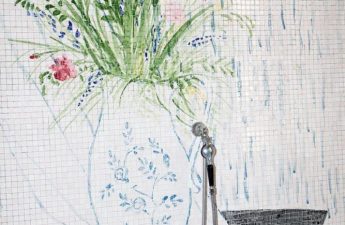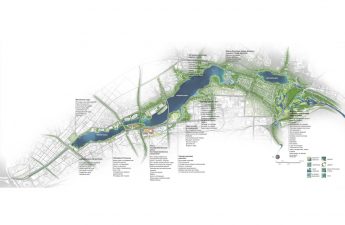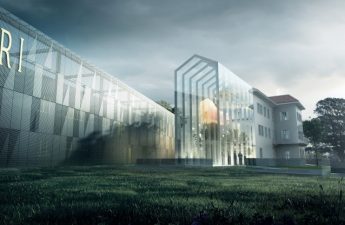2 different buildings from architects from Spain andJapan tells us how external form affects internal content Today we will show you two interesting modern buildings. These are the Chapel of St. John the Baptist on the island of El Hierro (Canary Islands), built by architects from Beautell Arquitectos, and a house in Japan overlooking the ancient Himeji Castle. Although they are located in different countries and perform different functions, they are united by the materials they are made of and the strict forms of modern functional architecture. Let's start with the chapel. The choice of materials certainly determines the aesthetics and atmosphere of this building. In addition, Beautell Arquitectos skillfully used such a resource as natural light. This enhances the asceticism of the building and determines the internal atmosphere of the temple.

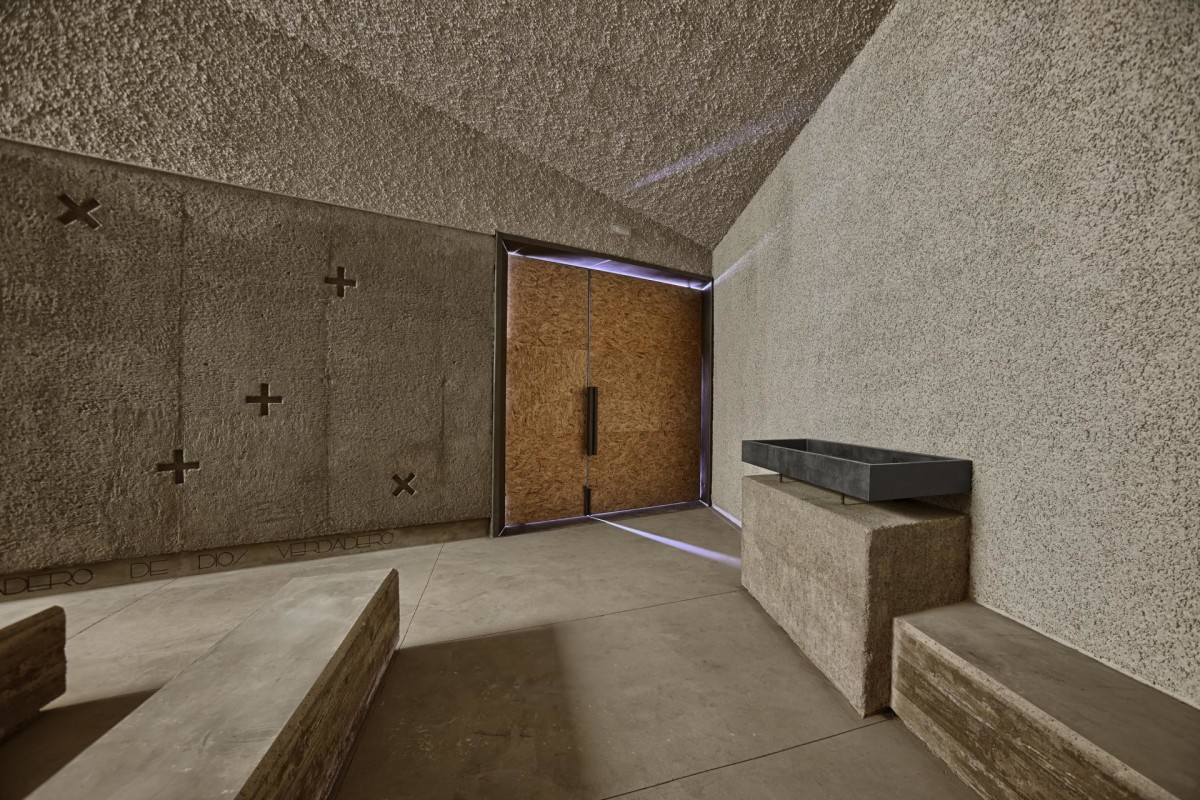 The clear, geometric shapes of the chapel createa sense of reliability. The chapel itself adapts to the shape of the site on which it is built, forming an unequal, truncated triangle. The atmosphere of the interior relies heavily on the contrast between materials. Concrete is combined with rough plaster, and both are flooded with natural light coming from above. The architects experimented with the use of concrete on different surfaces. For example, the floor is made of polished concrete, and the altar is made of granulated concrete, in order to highlight it in the room and give a sense of the monumentality of the building.
The clear, geometric shapes of the chapel createa sense of reliability. The chapel itself adapts to the shape of the site on which it is built, forming an unequal, truncated triangle. The atmosphere of the interior relies heavily on the contrast between materials. Concrete is combined with rough plaster, and both are flooded with natural light coming from above. The architects experimented with the use of concrete on different surfaces. For example, the floor is made of polished concrete, and the altar is made of granulated concrete, in order to highlight it in the room and give a sense of the monumentality of the building.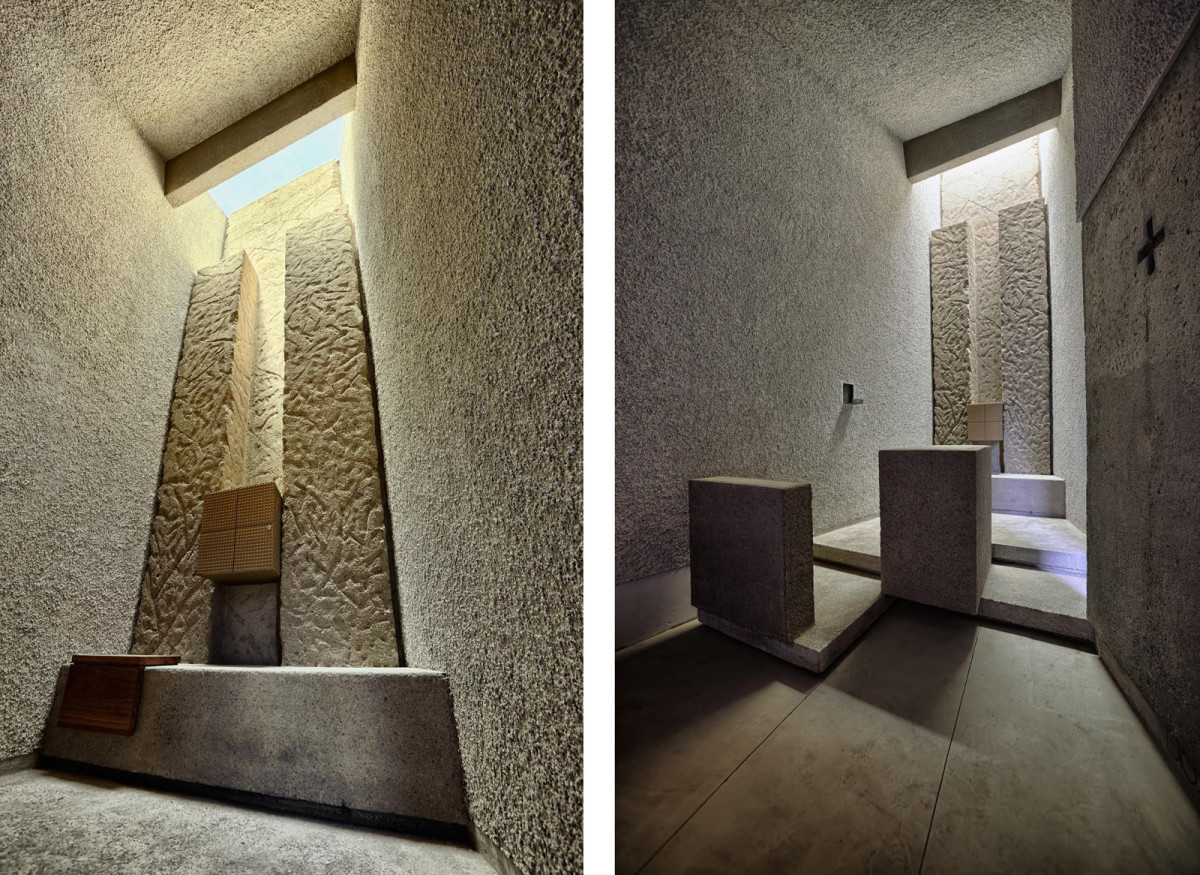
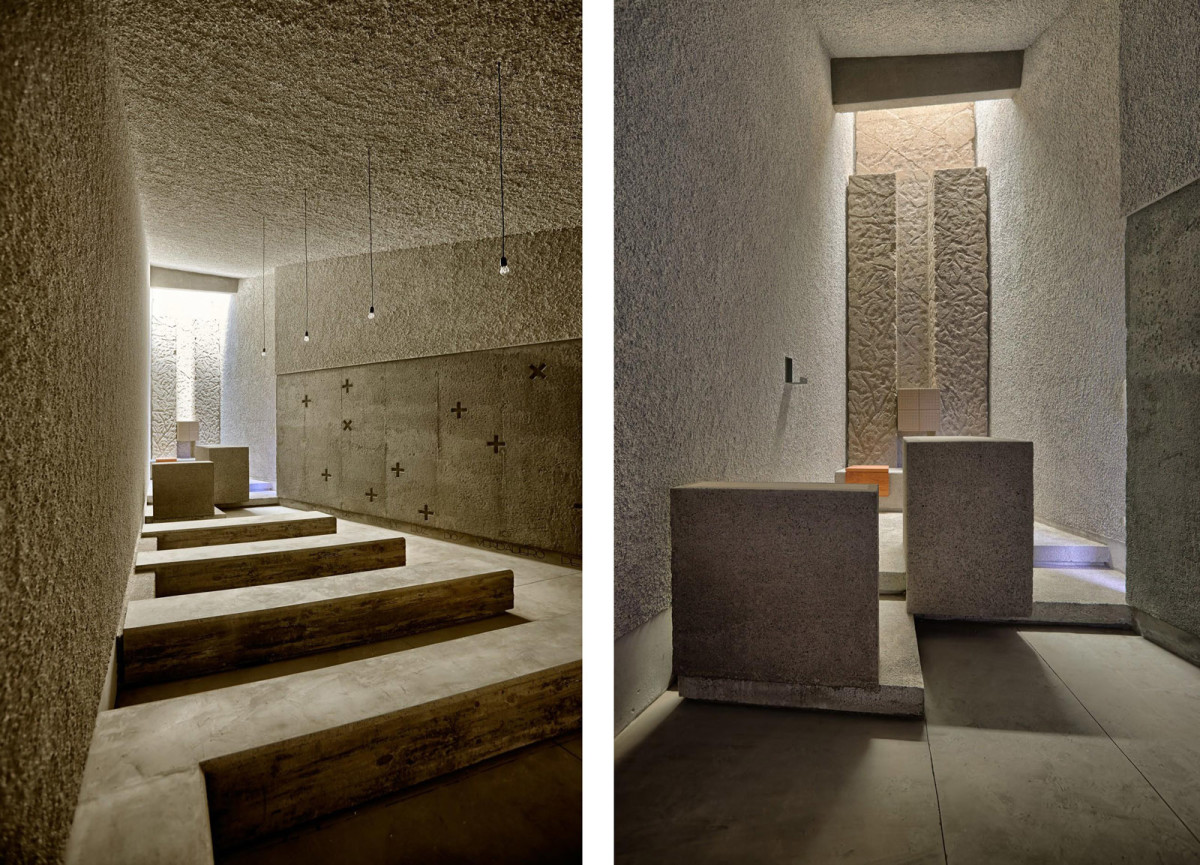

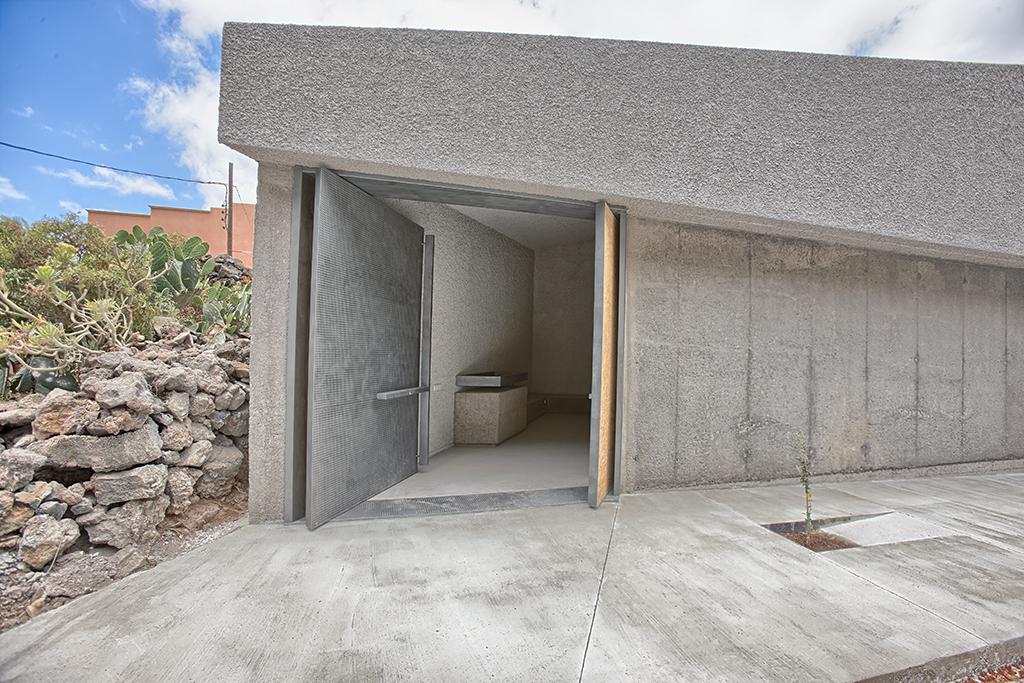
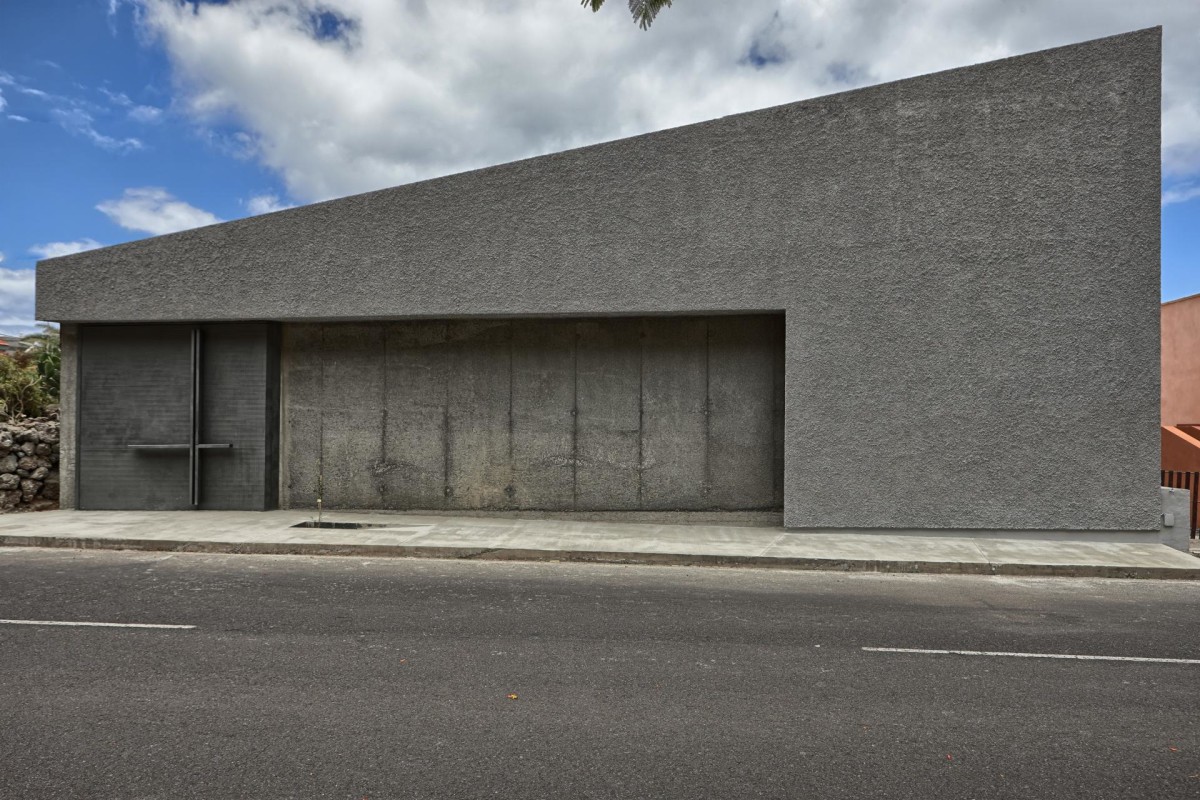 The building of the chapel of St. John the Baptist -pure poetry, while the approach to its design and construction is very realistic and down to earth. The architects used geometry to express the feeling of grandeur that comes with approaching the altar. The entrance to the chapel is narrow and low, while the altar area is high and wide. One of the authors of the project noted: “Severity was necessary here. We used materials that we found on the island. There is no gold here, but there is light. We did not have marble, but we have concrete; there is no filigree in the plaster. You will not find crystal chandeliers here, but when night falls, there are light bulbs.”
The building of the chapel of St. John the Baptist -pure poetry, while the approach to its design and construction is very realistic and down to earth. The architects used geometry to express the feeling of grandeur that comes with approaching the altar. The entrance to the chapel is narrow and low, while the altar area is high and wide. One of the authors of the project noted: “Severity was necessary here. We used materials that we found on the island. There is no gold here, but there is light. We did not have marble, but we have concrete; there is no filigree in the plaster. You will not find crystal chandeliers here, but when night falls, there are light bulbs.”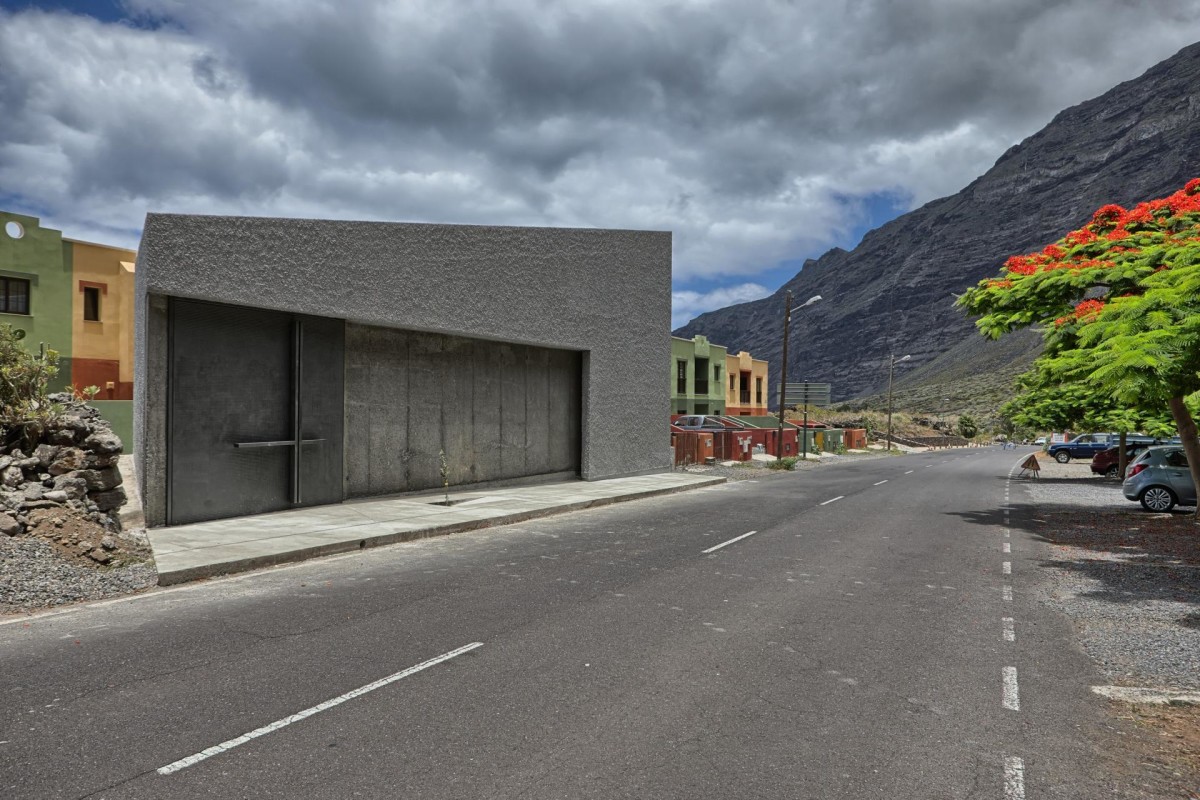

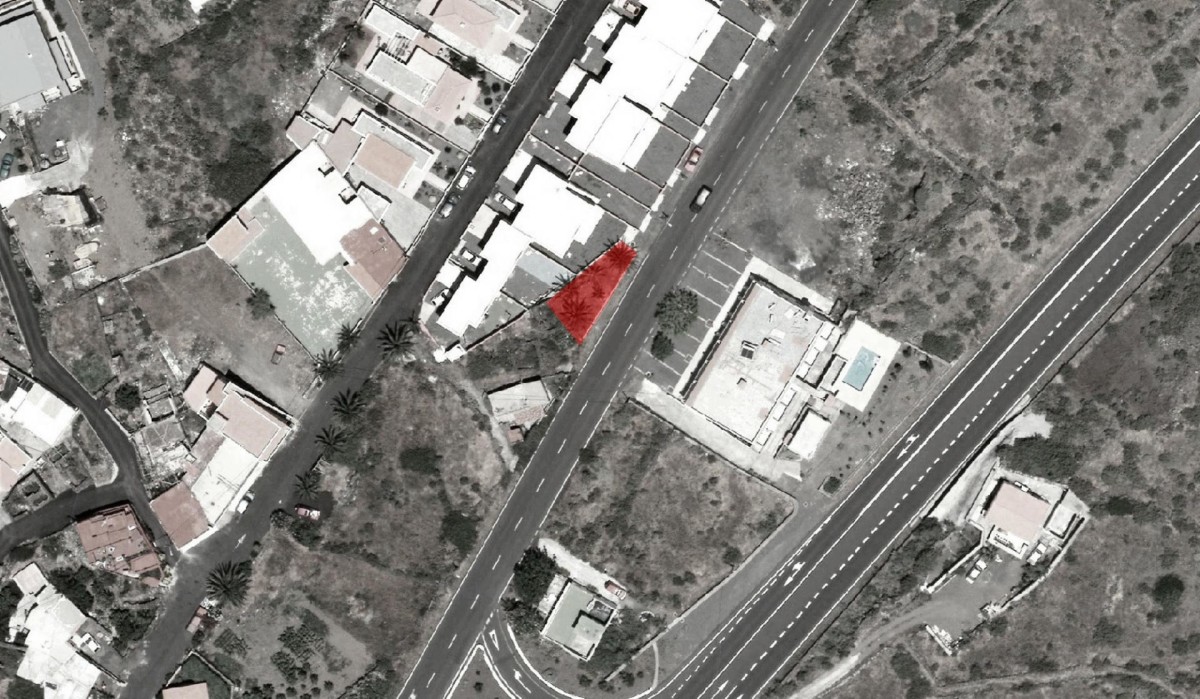
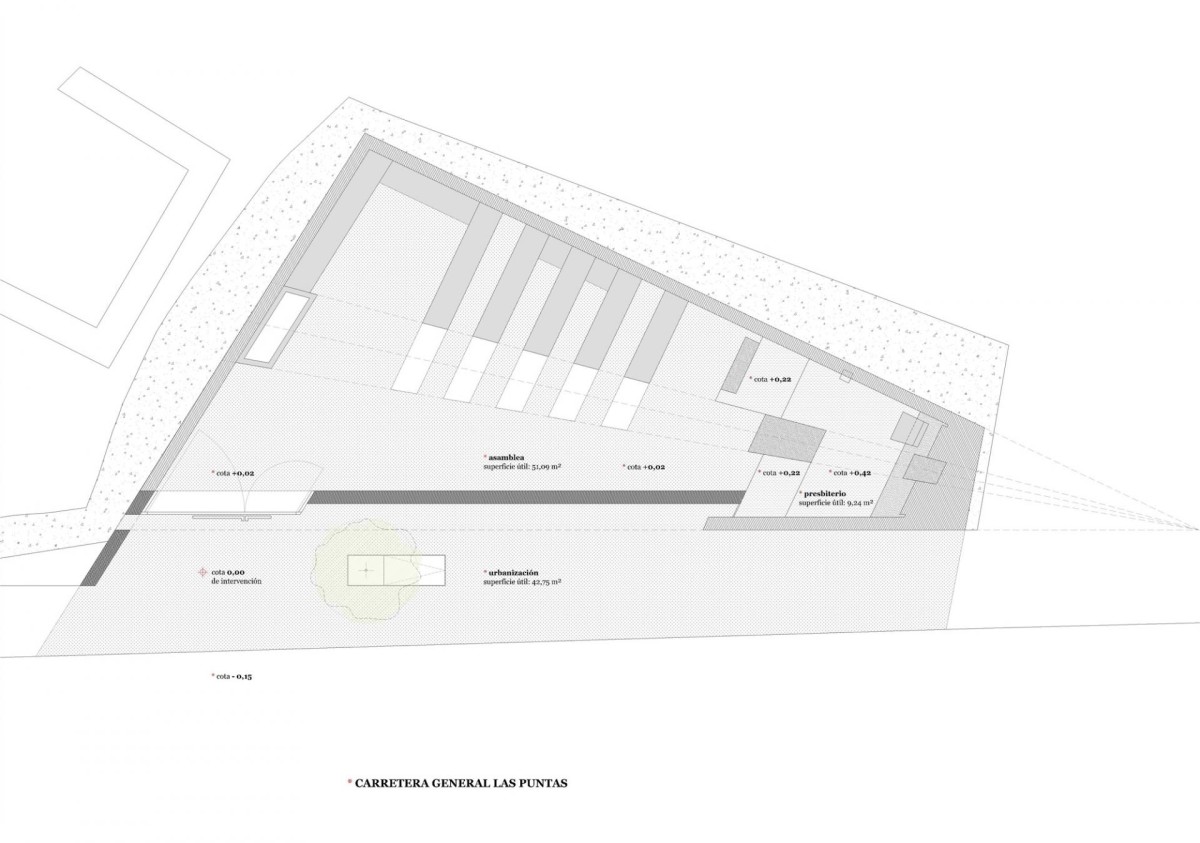


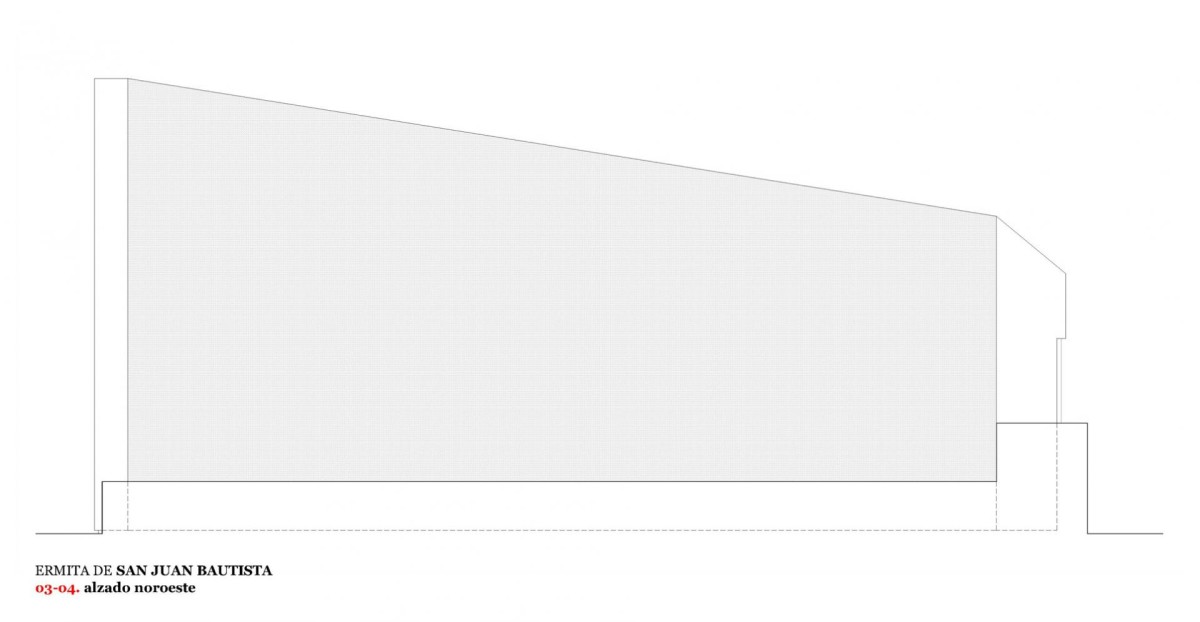
 And from the second house, which we want to tell you abouttell, you can see the ancient landmark of Japan – Himeji Castle. The house is located northwest of the castle and fits harmoniously into this historical area of Japan. The client had 3 main conditions: 1. That Himeji Castle should be visible from the living room. 2. That the parking lot could accommodate at least 5 cars. 3. That the house should have a garden where you could hang out the laundry and where the dogs could run freely.
And from the second house, which we want to tell you abouttell, you can see the ancient landmark of Japan – Himeji Castle. The house is located northwest of the castle and fits harmoniously into this historical area of Japan. The client had 3 main conditions: 1. That Himeji Castle should be visible from the living room. 2. That the parking lot could accommodate at least 5 cars. 3. That the house should have a garden where you could hang out the laundry and where the dogs could run freely.
 Therefore, the main task of KINO architectsThe architects had to respond to the client’s requests while trying to combine the modernity of the house with the historic buildings nearby. The solution was a twisted rectangular structure of the house. It was created using the following steps: 1. The building was designed at a decent distance from the street to free up the necessary space for parking. 2. The rectangular structure of the house seems to cut it in half, with each half shifting in opposite directions. This checkerboard shape frees up enough space for a garden. 3. The walls were slightly twisted and raised upwards. This was done to open up the view of Himeji Castle from the windows.
Therefore, the main task of KINO architectsThe architects had to respond to the client’s requests while trying to combine the modernity of the house with the historic buildings nearby. The solution was a twisted rectangular structure of the house. It was created using the following steps: 1. The building was designed at a decent distance from the street to free up the necessary space for parking. 2. The rectangular structure of the house seems to cut it in half, with each half shifting in opposite directions. This checkerboard shape frees up enough space for a garden. 3. The walls were slightly twisted and raised upwards. This was done to open up the view of Himeji Castle from the windows.
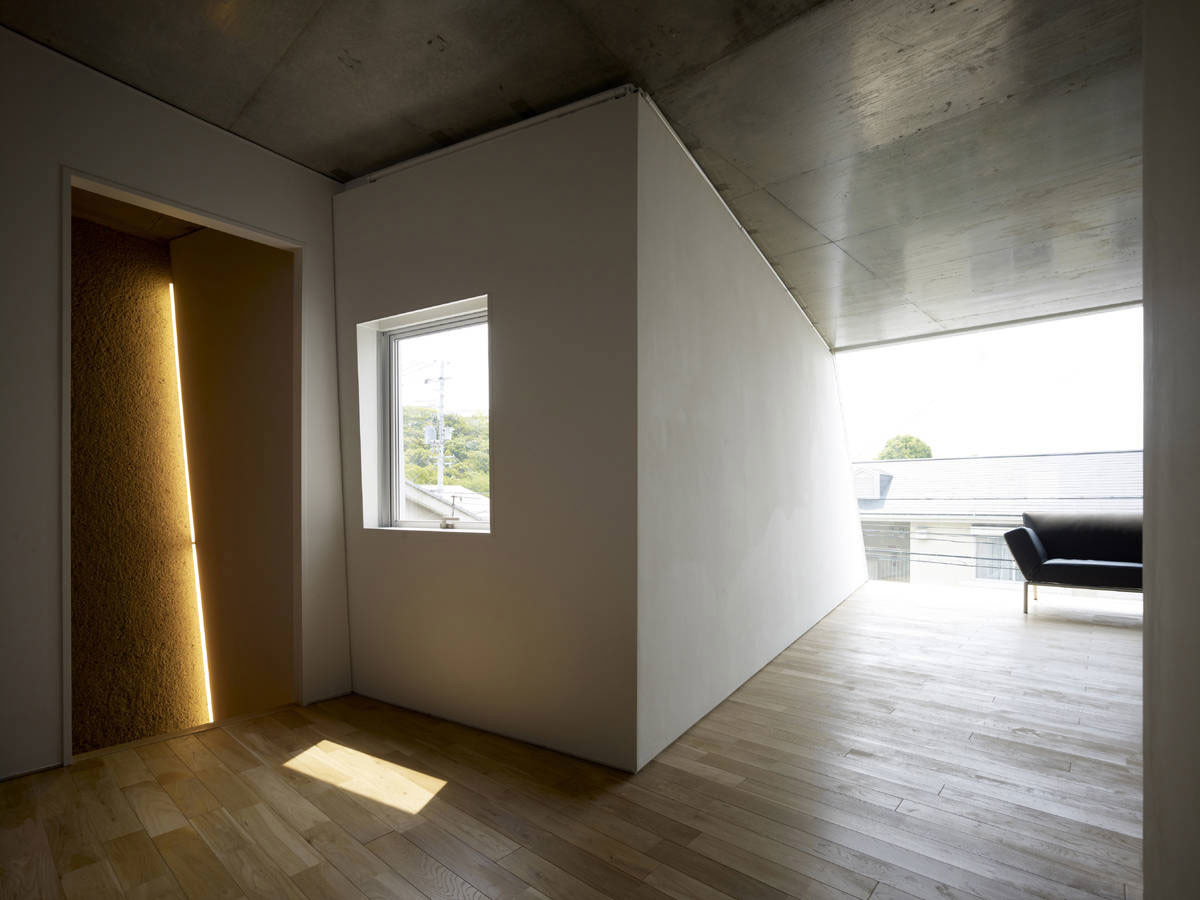
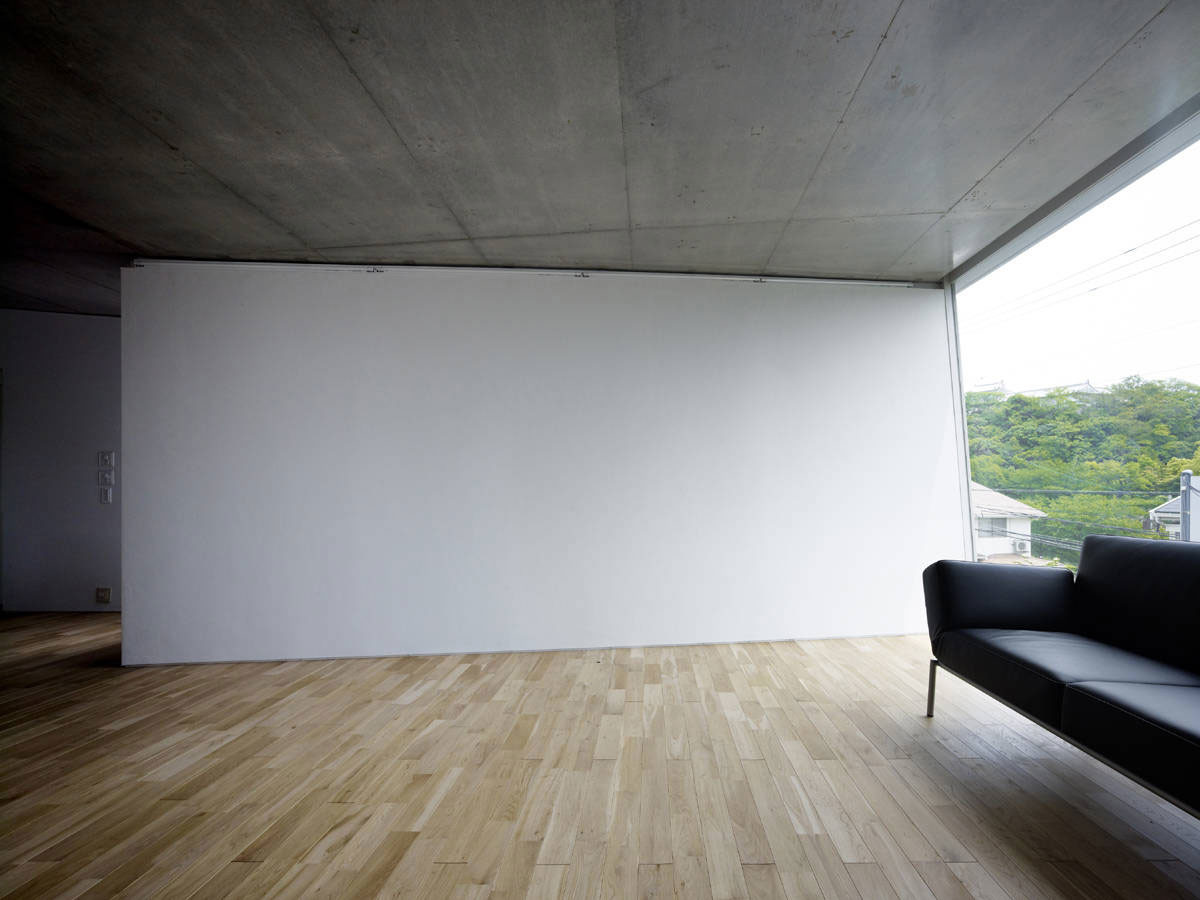
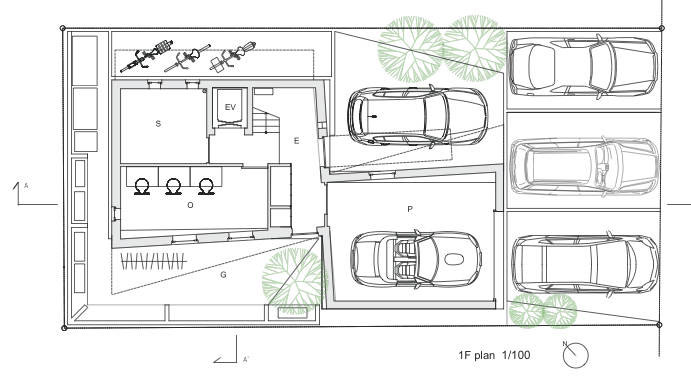 The architects designed this house in such a way thatIt seems to come alive, stretching to see Himeji Castle above the treetops. The house with windows overlooking Himeji will change its character over time: trees will grow near it, the walls will change under the influence of the weather. Thus, it will gradually begin to fit into this ancient historical area and after some time will become similar to the moss-covered stone walls of Himeji Castle.
The architects designed this house in such a way thatIt seems to come alive, stretching to see Himeji Castle above the treetops. The house with windows overlooking Himeji will change its character over time: trees will grow near it, the walls will change under the influence of the weather. Thus, it will gradually begin to fit into this ancient historical area and after some time will become similar to the moss-covered stone walls of Himeji Castle.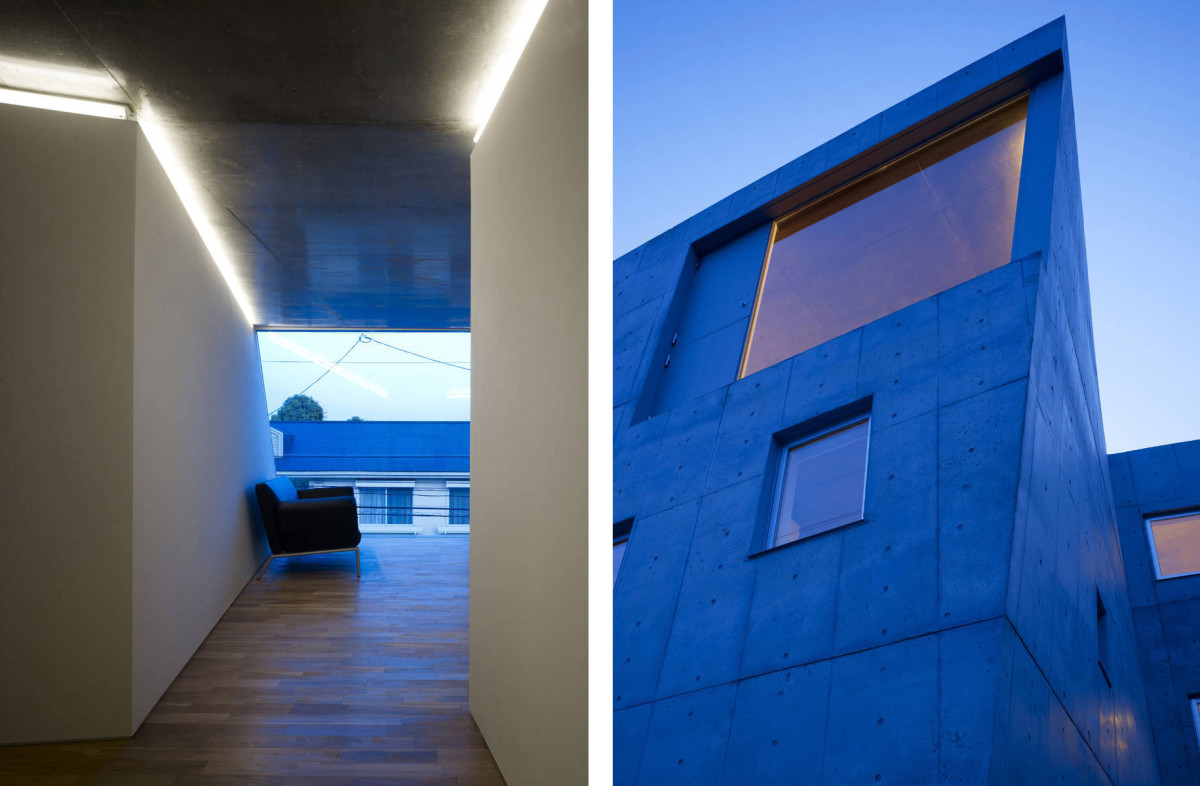

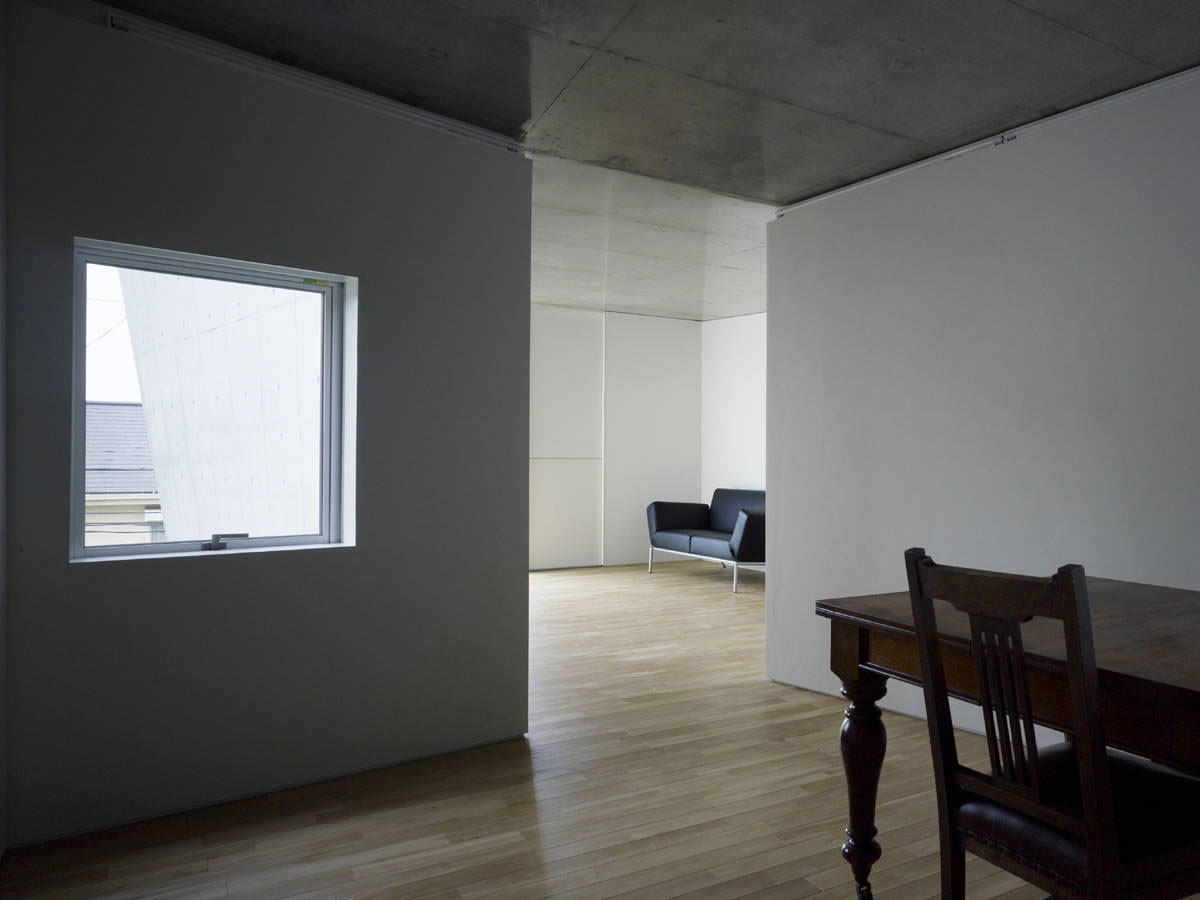 And here is the castle itself, for the view of which this unusual house was built.
And here is the castle itself, for the view of which this unusual house was built. designboom.com
designboom.com
Modern architecture: concrete and clear shapes

